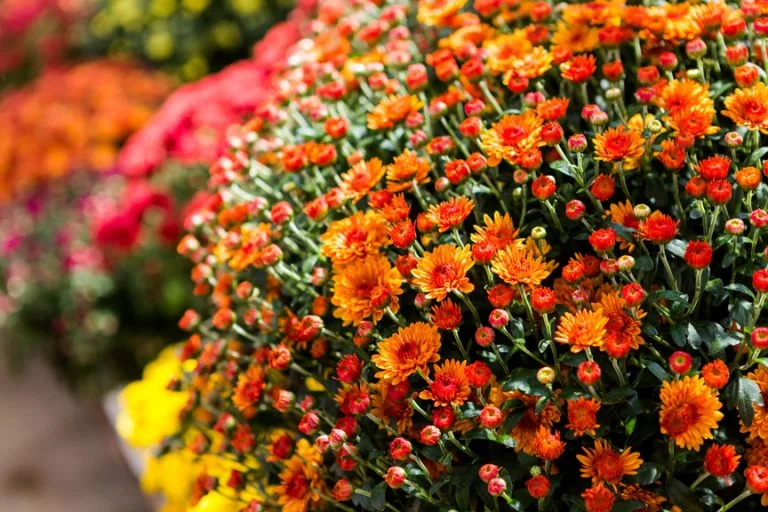September is the Month to …
Start your fall clean-up plan. Diseased materials should be removed to avoid further spread and overwintering of pathogens. However, leaving some twigs, leaves, and branches can provide overwintering habitat for pollinators. Before clean-up begins, scout your yard for problem areas that should be thoroughly cleaned up as well as for areas where some debris left over the winter is acceptable. If you haven’t started one already, consider a compost pile for your fall cleanup. Just keep in mind to not include diseased materials.
Plant! Early to mid-fall is a good time to plant, since cooler temperatures help reduce plant stress. Adequate time after planting should be provided for root establishment prior to soil freezing.
Keep watering when needed. September can be a dry month; if so, supplemental water can help plants to remain healthy and hydrated heading into winter. This is especially important for newly installed plants.
Divide spring and summer blooming perennials such as iris. Stake tall fall blooming perennials such as asters.
Plant spring blooming bulbs such as daffodils and crocus. Lift and store tender bulbs such as elephant ears and caladium.
Start preparing your houseplants to move indoors. It is best to move houseplants inside when the temperatures are similar inside and out, or about a month before the heat is regularly on. Prior to moving plants inside, check for any pests and consider washing leaves with a diluted soap and water mixture. Plants should be moved inside prior to the first frost, which for western Massachusetts is late September, and for the Cape and the Islands, late October to early November.
Make a sketch of your vegetable garden. Note where each crop was planted so that they can be rotated to a new spot next year. This helps to prevent the build up of diseases in a particular area.
Be on the lookout for rose rosette. This disease can occur at any time of the year, but is frequently seen during fall growth. Also known as witches’-broom of rose.
Harvest and dry or freeze herbs. Or pot up herbs and bring inside for continued use throughout the winter.
Do a soil test. Fall is a great time to add organic matter to the soil. Fall applications provide amendments time to break down prior to plant growth in the spring. Amendments should be based on a soil test. For more info on getting a soil test, go to soiltest.umass.edu.
Visit an orchard. Pick your own peaches, apples, or pears for a tasty pie or crisp!
Aerate your lawn. Aeration helps to relieve soil compaction. Fall is also a good time for re-seeding lawns.
Amanda Bayer, Extension Assistant Professor of Sustianable Landscape Horticulture

